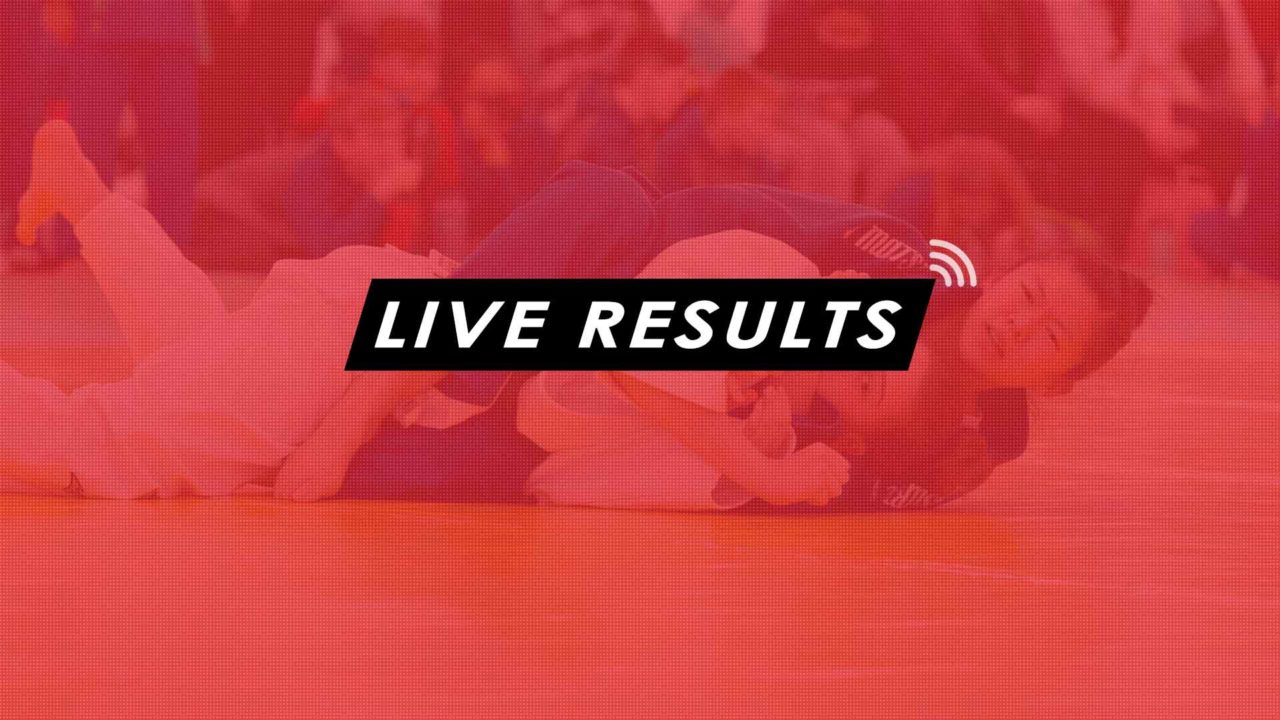The early history of judo is inseparable from its founder, Japanese polymath and educator Kanō Jigorō (嘉納 治五郎, Jigoro Kano, 1860–1938), born Shinnosuke Jigorō (新之助 治五郎, Jigorō Shinnosuke). Kano was born into a relatively affluent family. His father, Jirosaku, was the second son of the head priest of the Shinto Hiyoshi shrine in Shiga Prefecture. He married Sadako Kano, daughter of the owner of Kiku-Masamune sake brewing company and was adopted by the family, changing his name to Kano. He ultimately became an official in the Shogunal government.
Jigoro Kano had an academic upbringing and, from the age of seven, he studied English, shodō (書道, Japanese calligraphy) and the Four Confucian Texts (四書 Shisho) under a number of tutors. When he was fourteen, Kano began boarding at an English-medium school, Ikuei-Gijuku in Shiba, Tokyo. The culture of bullying endemic at this school was the catalyst that caused Kano to seek out a Jūjutsu (柔術, Jujutsu) dōjō (道場, dojo, training place) at which to train.
Early attempts to find a jujutsu teacher who was willing to take him on met with little success. With the fall of the Tokugawa shogunate in the Meiji Restoration of 1868, jujutsu had become unfashionable in an increasingly westernised Japan. Many of those who had once taught the art had been forced out of teaching or become so disillusioned with it that they had simply given up. Nakai Umenari, an acquaintance of Kanō’s father and a former soldier, agreed to show him kata, but not to teach him. The caretaker of Jirosaku’s second house, Katagiri Ryuji, also knew jujutsu, but would not teach it as he believed it was no longer of practical use. Another frequent visitor, Imai Genshiro of Kyūshin-ryū (扱心流) school of jujutsu, also refused. Several years passed before he finally found a willing teacher.
Read more at https://en.wikipedia.org/wiki/Judo

 SHOP
SHOP












